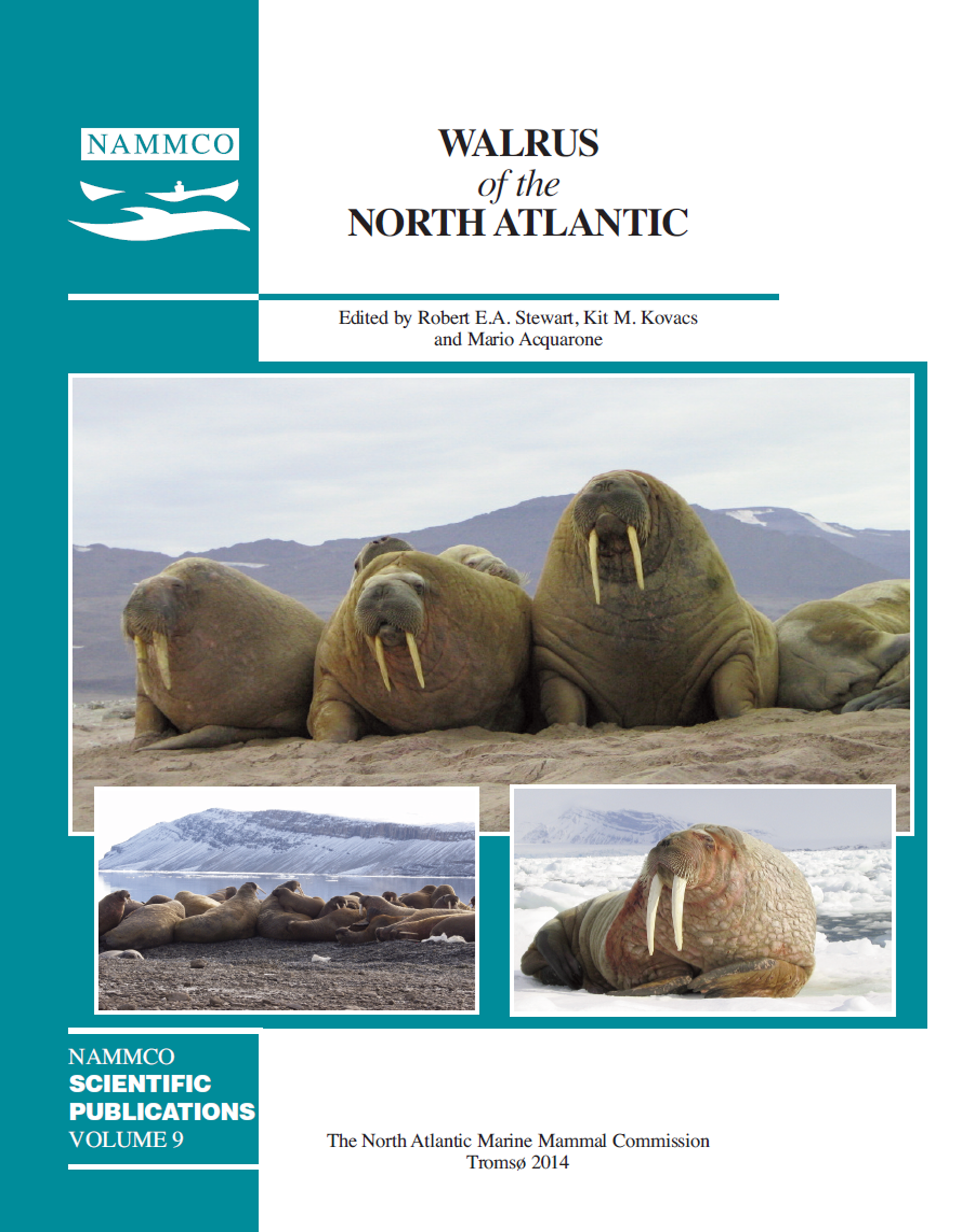Management of Atlantic walrus (Odobenus rosmarus rosmarus) in the arctic Atlantic
DOI:
https://doi.org/10.7557/3.2855Keywords:
walrus, Odobenus rosmarus rosmarus, wildlife management, regulationsAbstract
We review the management of Atlantic walruses (Odobenus rosmarus rosmarus) past and present in the four range states—Canada, Greenland, Norway and Russia—which have permanent populations of Atlantic walruses. Populations in all four countries have been depleted, although the extent of depletion is not well known. Inuit in Arctic Canada and Greenland hunt Atlantic walruses for subsistence while they have been protected at Svalbard (Norway) since 1952 and in the western Russian Arctic since 1956. Since the second half of the 20th Century Canada and Greenland have increased protection of their walrus. Generally the number of walruses landed in Canada is governed by the number of hunters and/or people in the settlement and not by stock-specific quotas. Although quotas have been set in few communities, it is not known if they are adequate to prevent overhunting. A quota system for walrus hunting in Greenland began in 2006. The current control system is largely effective in ensuring the quotas are applied and that reporting is correct. Greenland currently sets quotas based on recommendations from scientific assessments using recent population estimates to allow population growth from a depleted population. A challenge with respect to managing walrus hunting remains the variable and sometimes high rates of lost animals. Since the 1960s changes in socio-economics in hunting areas of Arctic Canada and Greenland (and the use of snowmobiles instead of dog sleds in Canada) have led to a general decrease in interest in hunting of walruses and reduced harvest on walrus stocks in these countries. Although there is an active ongoing cooperation between Canada and Greenland scientists regarding assessments of shared populations of walruses currently there is no formal agreement between the two range states on co-management of shared stocks. Protection of walrus from other anthropogenic impacts generally focusses on large-scale industrial activity. The level of protection afforded to walrus habitat in many areas depends entirely on the rigor with which the Environmental Impact Assessments are conducted. Basic information on walrus such as numbers and stock discreteness is often lacking and sufficient lead-time is required to collect baseline data. Moreover, although most environmental protection legislation considers ‘cumulative impacts’, practical application remains problematic. The effectiveness of environmental protection regulations depends on industry compliance and the management authorities’ ability to enforce compliance. Because walrus are found in remote locations, enforcement remains a challenge. Increased human activity allowed by the current change in distribution and quality of arctic sea ice poses new threats to walrus if not well regulated. International agreements have varying importance for management within and among member states. Regulations governing international trade serve to identify illegally obtained products and to encourage range states to have a sustainable quota system. International cooperation in information sharing has had clear benefits for management of walruses in the past. The maintenance and expansion of these international efforts will improve the management of Atlantic walruses in the future.





